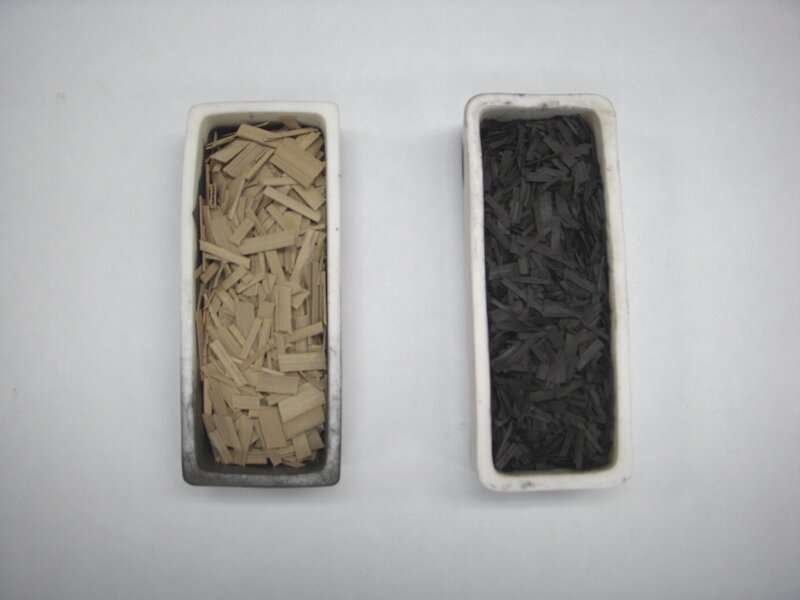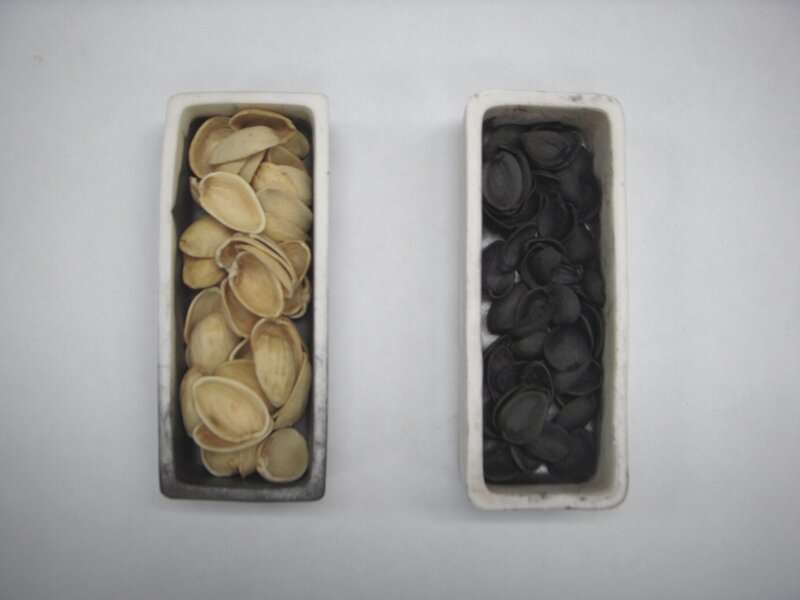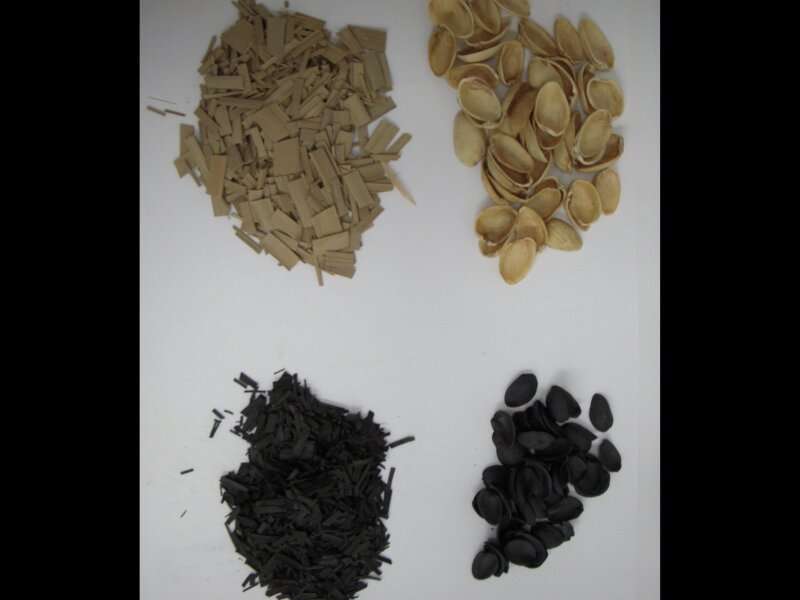This article has been reviewed according to Science X's editorial process and policies. Editors have highlighted the following attributes while ensuring the content's credibility:
fact-checked
trusted source
proofread
Using biochar to remove antibiotics from wastewater

To feed the world's growing population, farmers need to grow a lot of crops. Crops need water to grow and thrive, and the water used to irrigate crops makes up an estimated 70% of global freshwater use. But many areas across the world are plagued by water shortages. That can make it challenging for farmers to get enough water to grow crops. Researchers are exploring alternative water sources that can sustainably meet current and future irrigation needs.
Treated municipal wastewater could be used to irrigate crops. But there are several challenges to overcome. For example, municipal wastewater can contain antibiotics. "These antibiotics could foster antibiotic-resistant bacteria in wastewater-irrigated agricultural systems," says Michael Schmidt, a researcher at the U.S. Salinity Laboratory in Riverside, California. The U.S. Salinity Laboratory is a part of USDA's Agricultural Research Service (ARS).
Schmidt is the lead author of a new study that shows local plant material or food waste could be used to remove antibiotics from municipal wastewater. The researchers used biochar, a charcoal-like substance, which is created by heating organic materials at high temperatures in the absence of oxygen. Biochar removed more than 97% of three antibiotics the researchers measured from municipal wastewater through adsorption.
Schmidt presented his work at the 2022 ASA-CSSA-SSSA annual meeting, held in Baltimore, Maryland.
"We demonstrated that local agricultural byproducts could help remove antibiotics from treated wastewater streams," says Schmidt. "This represents a potentially cost-effective and environmentally friendly strategy to remove a range of contaminants from wastewater."

Importantly, Schmidt and colleagues used plant material that was available locally—pistachio shells and date palm leaves—to create biochar. Local materials don't need to be transported long distances. That can reduce costs, resource consumption, and pollution.
The study was conducted in California, which as a state produced more than a billion pounds of pistachios in 2020. While Southern California is the most prominent region nationally for date production, agricultural production is localized in Southern California's Coachella Valley. They are also grown across the American southwest as municipal trees. "Each date palm tree can produce up to 40 lbs. of dried fronds each year," says Schmidt. "So, these seemed like a good potential source of biochar."
The researchers also showed that how biochar was produced, rather than what it was produced from, made a big difference in its ability to remove antibiotics from wastewater. The creation of biochar results in a porous charcoal-like material rich in carbon. "The key to biochar production is the lack of oxygen during heating," says Schmidt. Heating with oxygen primarily produces ash (and not biochar).
Schmidt and colleagues made biochar by heating plant materials to 400, 600, and 800°C (about 750, 1100, and 1470°F). Then they tested how efficiently the different temperatures of biochar removed three different antibiotics from wastewater. The antibiotics that were focused on in this study were sulfamethoxazole, sulfapyridine, and trimethoprim.
These were selected as they were found in locally collected treated wastewater They found that biochar made at 800°C removed antibiotics most efficiently. "We demonstrated that biochar production conditions play a large role in antibiotic removal," says Schmidt. "This could be helpful to scientists using other materials to produce biochar for this purpose as well."

Biochar removes antibiotics from wastewater through several chemical mechanisms. The efficiency of these chemical mechanisms can depend on physical features of biochar. The study showed that measuring these physical features of biochar could save time and costs.
"Experiments measuring trace levels of antibiotics require costly instruments," says Schmidt. "We showed that biochar behavior can potentially be interpreted through easily measured properties." This may help streamline future efforts to optimize biochar adsorbents for contaminant removal from wastewater.
Schmidt and colleagues are part of efforts to construct biochar-based water treatment systems. "Future research will incorporate these biochar materials and others into scaled-up water treatment systems," says Schmidt. "The goal is for these treatment systems to be capable of treating quantities of water that are relevant for field-scale irrigation."
More information: Abstract + summary video: scisoc.confex.com/scisoc/2022a … app.cgi/Paper/145286
Conference: www.acsmeetings.org/
Provided by American Society of Agronomy





















